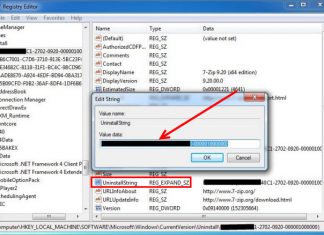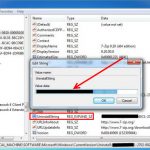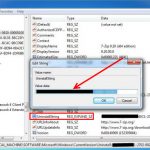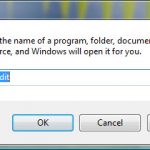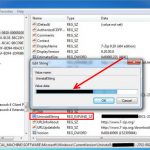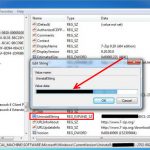The online marketplace app provides a platform for buying and selling online. It can be compared to a shopping mall, with different stores and vendors offering their product in one room. It is convenient for the modern buyer to browse a catalog of offers from different vendors in one place.
It also provides greater access to purchases and offers the ability to pay quickly and securely. That is why such sites are rapidly gaining popularity. All that makes the idea of online marketplace app development very appealing.
How the online marketplace app works from the platform side and the customer side

On the marketplace side, it provides the platform with multiple stores and also provides access to customers. Typically, the marketplace receives a commission, which is their main source of revenue. The main steps in the site’s operation include:
⦁ Registration: the site posts the terms and conditions and instructions for registration on their platform.
⦁ Placement: you upload an item to the site with prices, descriptions, and other information.
⦁ Order Management: the site provides tools for order management, including order notifications, payment processing, and shipping arrangements.
⦁ Payment processing: the site processes payments and remits the corresponding amounts for sales.
⦁ Customer Support: the marketplace provides customer support to help solve problems and answer questions related to using the platform.
From a buyer’s perspective, the online marketplace app provides access to a wide range of products that can be easily and conveniently ordered and paid for online. Key steps in the buyer’s experience include:
⦁ Search: the person searches for what they need on the platform using searches and filters.
⦁ Browse: he reviews for detailed information including description, photos, and price.
⦁ Add to cart: the customer adds selected products to the cart, where they can see the full price of the order and choose the payment method.
⦁ Payment: performs online payment through the platform using the selected method of payment.
⦁ Receipt: the seller arranges delivery or provides access to services and the person receives their order.
⦁ Evaluation and reviews.
Top 5 popular online marketplace apps
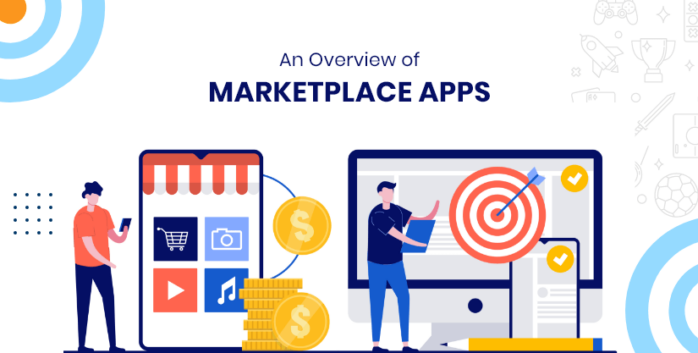
You probably know the most successful marketplace apps and even use them for buying things online. It only proves that it is a good idea to think about developing your own online marketplace app. Let’s just recall the most popular ones:
⦁ Amazon: One of the largest and most popular platforms, offering a wide range of items, from electronics to food.
⦁ eBay: This auction site offers items, both new, and used.
⦁ Airbnb: Allows people to rent out their apartments and homes to travelers, giving them access to unique accommodations around the world.
⦁ Etsy: a marketplace for handmade, vintage goods and needlework materials. Stores from different countries can sell their unique products on this platform.
⦁ Alibaba: The Chinese online giant which provides a platform for buying products in bulk from Chinese manufacturers and suppliers all over the world.
Necessary features
Some of the main features that must be included:
⦁ Registration and Profiles: allows users to create accounts so they can create profiles, add their personal information, save preferences and order history.
⦁ Search and filtering: allows you to search the platform using keywords, categories, price and other parameters to make it easier to find specific items.
⦁ Reviews and ratings: allows you to leave reviews and ratings, which helps you make smarter decisions.
⦁ Payment and shipping: payment and shipping systems should be integrated so you can shop securely and conveniently.
⦁ Order Management: allows you to manage your orders, track order status, receive notifications, and view history.
⦁ Feedback and support functionality.
⦁ Security and Data Protection: An important aspect is data security and protection, including protection against fraud, hacker attacks and data leaks.
⦁ Analytics and reporting: allow platform administrators to track performance metrics.
Current online marketplace app niches in 2023
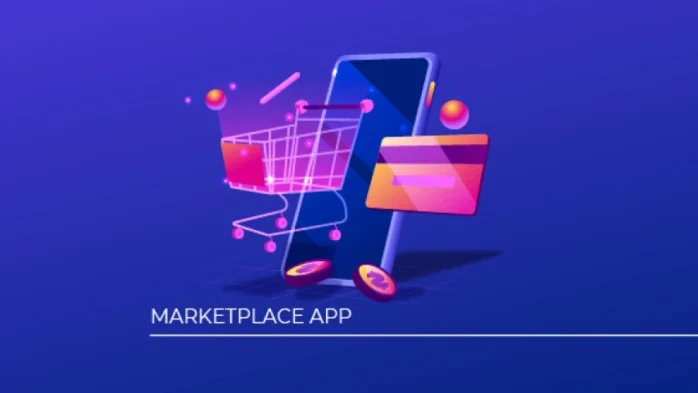
Some of the current niches in 2023 may include:
⦁ Socially responsible online marketplaces: consumers are increasingly paying attention to the social responsibility and environmental sustainability of companies, so online marketplaces that specialize in sales from socially responsible and sustainable brands may be popular.
⦁ Job rentals: with the rise of freelancers and remote workers, projects that provide job or fulfillment opportunities may be in demand.
⦁ Pet care services: with the increase in the number of pets, projects in the pet niche may grow in popularity.
⦁ Renting specialized equipment: for many businesses, especially small companies and startups, buying expensive specialized equipment may not be practical, so renting equipment may be in demand. You can gather in one place those who are willing to provide equipment for rent and those who need it.
⦁ Online marketplace for healthy foods: the growing consumer interest in healthy living and nutrition can contribute to the growing popularity of healthy foods, including organic foods, gluten-free foods, meat and fish from organic producers.
The process of developing an online marketplace app
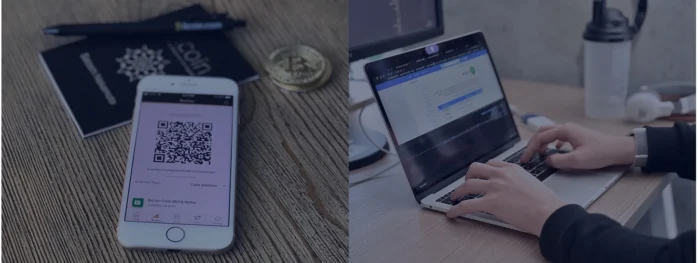
The development process can be divided into the following steps:
⦁ Market and competitor research: Start with market research and competitor analysis to understand what features and capabilities are most in demand and how you can stand out from the competition. This step will also help you determine the target audience you want to attract.
⦁ Concept Development: Determine what features and functions will be available on your platform as well as how it will work. Develop a UI and UX concept to make the platform user-friendly and intuitive.
⦁ Prototyping: Create a prototype of your platform to test the functionality. This will allow you to identify weaknesses and necessary UX/UI changes before launching.
⦁ MVP development: Create a minimum viable product (MVP) that includes the most needed features. This will allow you to quickly start testing the platform and getting feedback.
⦁ Testing: Test the platform on the most common devices and operating systems to make sure all features work properly and no bugs occur.
⦁ Refine and improve: Use feedback to improve and refine the platform and add new features and functionality.
⦁ Launch and Marketing: Once development and testing is complete, launch the platform and start promoting it through various marketing channels.
⦁ Support and maintenance: After the launch, continue to support and maintain the platform.
How to monetize an online marketplace app
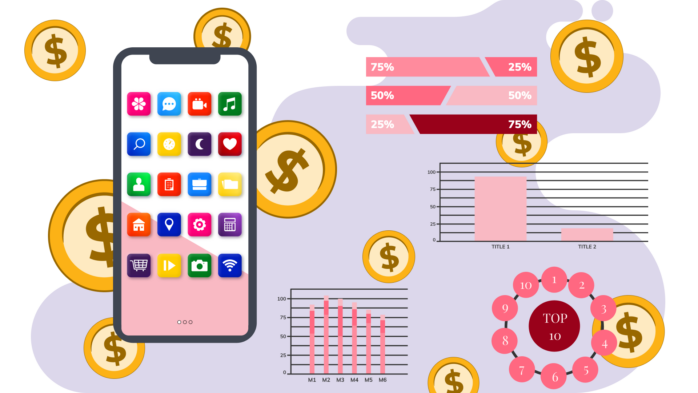
There are several ways to monetize:
⦁ Commission payments: This method of monetization allows you to earn from volume growth on your platform.
⦁ Advertising: You can place ads on your platform to earn extra money. This can be either contextual advertising or banner advertising which will appear on your platform pages.
⦁ Paid subscriptions: You can provide the opportunity to receive additional benefits on the platform for a paid subscription. This could include faster access to products, better pricing, or free shipping.
⦁ Partnerships with manufacturers and suppliers.
⦁ Marketing services, training, and consulting, for which you can charge extra.
⦁ Paid features: You can provide additional features on your platform for an additional fee, such as enhanced search, advanced analytics, and reporting.
A combination of several monetization methods can yield better results. However, when choosing how to monetize, it’s important to consider needs and interests to maintain a high level of customer satisfaction and build a long-term relationship with your customers.





